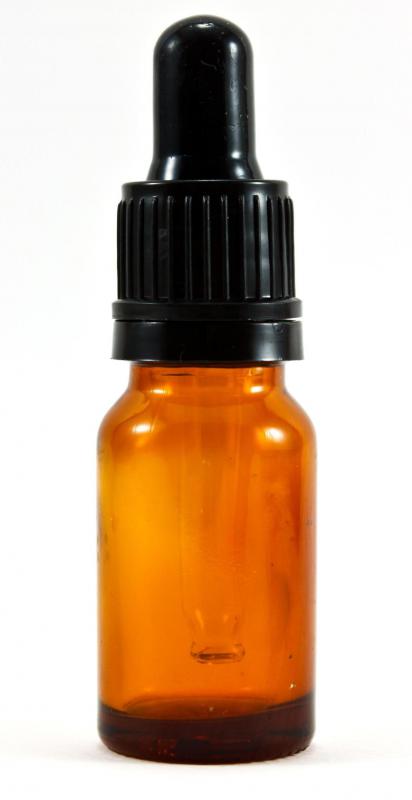At WiseGEEK, we're committed to delivering accurate, trustworthy information. Our expert-authored content is rigorously fact-checked and sourced from credible authorities. Discover how we uphold the highest standards in providing you with reliable knowledge.
How Do I Choose the Best Tea Tree and Lavender Oil?
A combination of lavender and tea tree oil may be a natural, chemical-free way to treat insect stings, lice, and fungal infections. Tea tree oil is, according to holistic health practitioners, antiseptic and antibacterial. Combining it with lavender oil usually improves its scent and adds a touch more healing power. Not all oils are created equal, and choosing a high-quality essential oil can be confusing. The best essential oils are usually organic, contain very few ingredients on the label, and come in dark, amber glass bottles.
'Organic' is generally a better term to search for than 'natural' when reading tea tree and lavender oil labels. Natural is typically a blanket term that encompasses certain additives and pesticides that may be present in essential oils. The term organic refers specifically to plants grown under environmentally-friendly, pesticide-free conditions. Growers often use companion planting and predatory insects to keep organic plants healthy and pest-free. This means organic plants are almost never exposed to harsh chemicals, or even chemical fertilizers.

Even if the label doesn’t say organic, one might check the ingredients list on the back of the tea tree and lavender oil bottles. The ingredients in the highest quality essential oils should include substances like water, grain alcohol, and the names of the oils themselves. Carrier oils, like sweet almond or palm oil, may also be present in organic oils. Some manufacturers dilute tea tree and lavender oil before it hits the shelves because using them undiluted may irritate sensitive skin. Most organic products aren’t diluted, but the few that may be are still quality products.

If possible, one should open the bottles of tea tree and lavender oil before purchase to observe the color. Most organic essential oils are clear, with exception of a few that may have a slight green tint. Purple lavender oil and green tea tree oil have very likely had colorants added to them. These aren’t necessarily dangerous, but they can add an odd chemical undertone to the scents and may stain skin. Oils with added colorants are also very likely not organic and may contain pesticide residue or preservative chemicals.
Generally, tea tree and lavender oil bottled in dark, amber glass bottles are among the best quality. The dark color of these bottles filters light out of the oils and keeps them from spoiling or losing their potency. Both organic and non-organic oils are generally bottled this way, but those bottled in clear glass or plastic bottles may not contain any plant material at all. Scented oils in clear bottles often only contain artificial scents in a carrier oil. Scents derived solely from plants are almost always bottled in amber glass.
AS FEATURED ON:
AS FEATURED ON:












Discuss this Article
Post your comments